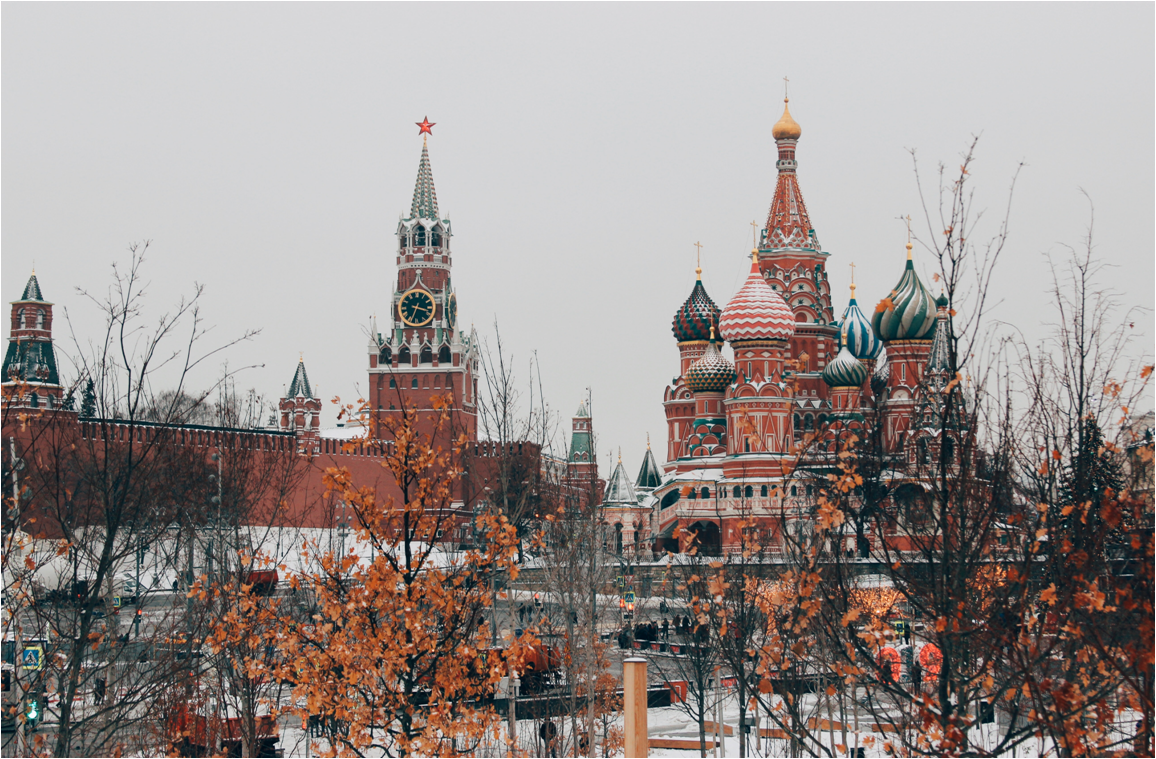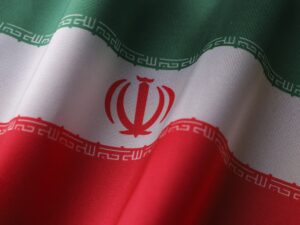As of the time of writing over 90, 000 Russian troops have begun amassing along the Ukrainian border. The recently appointed Ukrainian Defense Minister Oleksii Reznikov has announced that their intelligence estimates assessed that a large scale Russian offensive could be launched as early as January 2021. The situation along the Ukrainian border has deteriorated rapidly in the last few weeks, and observers are wondering if this is just saber rattling or a harbinger of a coming conflict. US Intelligence estimates have predicted that the Russian force could grow upwards of 170,000 by the end of January 2022.
Earlier in September of this year the Russian Federation alongside its partner Belarus, staged its large scale military exercise Zapad (West) 21. The Armed Forces of Russia stage a similar event annually rotating through each of Russia’s designated military districts: Zapad ( West), Vostok (East), Tsentr (Central), and Kavkaz (Caucuses) where the Southern Military District is based. As of January 2021, a Northern military district was created which has yet to see one of these exercises, but can be expected in the years to come, as Russian influence in the Arctic grows. The exercise concluded on 16 September, and featured the same theme it had in its prior iteration in 2017, an incursion by a fictional NATO expeditionary force hellbent on regime change in Belarus. Not only are these exercises a chance for Russia and her partners to enhance military readiness, but are intended to send a clear signal to Brussels not to intervene in Moscow or her partners’ affairs.
However, as Ukrainian military officials have warned, while most of the military personnel initially returned to their permanent bases following the exercise, much of the materiel, units, and subunits have remained near the Ukrainian borders. Alarmingly for Kiev, tanks, armored vehicles, and nuclear capable Iskander short-range ballistic missiles have remained in the area, in a buildup that is being characterized as preparations for an invasion in the West. Ukraine has warned that Moscow is nearing a “strategic encirclement” of Ukraine, and is growing concerned that an invasion is possible. Washington and NATO have both issued warnings to Russia to de-escalate tensions, but Moscow shows no signs of backing down.
In late October of 2021, the Ukrainian Defense Ministry posted a video of a drone strike on a Russian made artillery piece in a separatist controlled area in Eastern Ukraine. The drone was a Turkish-made Bayraktar TB2 and marked an evolution in Kiev’s strategy to deal with Russian backed separatists that have plagued the country since 2014. The Kremlin on the other hand, viewed the drone strike as a violation of the internationally negotiated Minsk agreements.
Putin and Biden held a secure video call, where according to National Security Advisor Sullivan, President Biden reiterated the US commitment to robust economic measures to deter any Russian incursion into Ukraine. But the Kremlin has made its position clear, any further attempts to bring Kiev into the fold of the EU or NATO will catalyze a Russian response.
Moscow could just be displaying its resolve to dictate the terms of Ukraine’s future EU or NATO hopes. But with the colder months arriving in Western Europe, and the Omnicron variant ripping through the EU, it remains to be seen how committed the Member States will be to Ukrainian territorial sovereignty. That’s not to say that Nord Stream 2 will not prove a valuable bargaining chip for EU member states. However for a country that has remained under sanctions since 2014 following the annexation of Crimea, the prospect of a “robust economic package of responses” is not a lot for Ukrainians to pin their hopes on.




